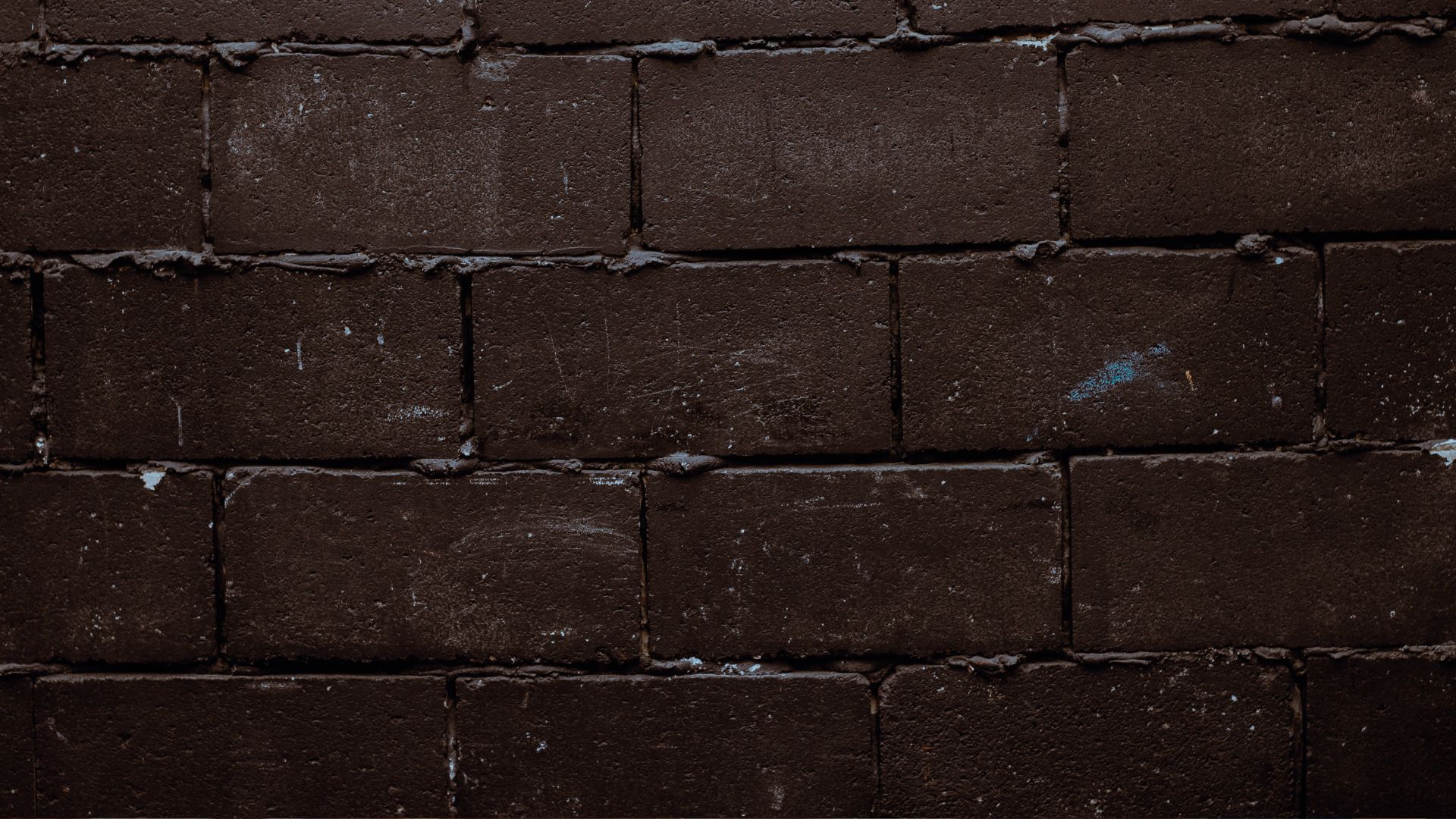Painting a cinder block wall can transform its look and elevate the aesthetics of your space. However, the key to a successful paint job lies in thorough preparation, especially when it comes to cleaning the surface. Let’s dive into the best practices for cleaning cinder block walls before painting, ensuring a flawless finish that lasts.
Why Clean Before Painting?
Cinder block walls, due to their porous nature, tend to accumulate dirt, grime, and even mold over time. Painting over such a surface without proper cleaning can lead to a flawed finish, paint adhesion issues, and premature paint failure. Cleaning prepares the surface, allowing the paint to adhere properly and ensuring a long-lasting, vibrant finish.
Materials You’ll Need
Before getting started, gather these materials:
- Safety Gear: Gloves, goggles, and a mask to protect yourself.
- Cleaning Supplies: Trisodium phosphate (TSP), a stiff-bristled brush or broom, a pressure washer (if available), a bucket, and a sponge.
- Protective Coverings: Plastic sheeting or drop cloths to protect adjacent surfaces from cleaning solutions.
Step-by-Step Cleaning Process
1. Clear the Area
Start by removing any furniture, decorations, or obstacles near the wall. Cover floors and nearby surfaces with plastic sheeting or drop cloths to prevent damage from cleaning solutions.
2. Dust and Debris Removal
Use a stiff-bristled brush or broom to sweep the cinder block wall thoroughly. This step eliminates loose dirt, cobwebs, and debris.

3. Prepare the Cleaning Solution
Prepare a cleaning solution by mixing trisodium phosphate (TSP) with water according to the manufacturer’s instructions. TSP is an effective cleaner for removing grease, grime, and stains from surfaces.
4. Scrubbing the Surface
Dip a stiff-bristled brush or sponge into the TSP solution and scrub the cinder block wall thoroughly. Focus on areas with visible stains, mold, or mildew. For tougher stains, allow the solution to sit for a few minutes before scrubbing.
5. Rinse the Wall
Rinse the wall thoroughly using a hose or a pressure washer on a low setting. Ensure all traces of the cleaning solution are removed. Allow the wall to dry completely before proceeding.
Additional Tips
- Safety First: Always wear protective gear when working with cleaning solutions to avoid skin or eye irritation.
- Testing: Before applying TSP or any cleaning solution, test it on a small, inconspicuous area to ensure it doesn’t cause discoloration or damage.
- Mold and Mildew: For stubborn mold or mildew, consider using a bleach solution (1 part bleach to 3 parts water) or a commercial mold remover.
By following these steps, you’ll create an optimal surface for painting your cinder block wall. Remember, proper cleaning sets the stage for a successful paint job, ensuring a beautiful, long-lasting finish.
External Resources for Further Reference:
- HomeAdvisor: How to Paint Cinder Block
- Sherwin-Williams: Preparing Cinder Block for Painting
- Bob Vila: Cleaning Exterior Walls
Remember, taking the time to clean your cinder block wall properly before painting will pay off with a stunning and durable result.
Choosing the Right Paint
Once your cinder block wall is cleaned and prepped, selecting the right paint is crucial for a successful outcome.
Selecting Paint Type
- Masonry Paint: Opt for high-quality masonry or concrete paint specifically designed for exterior walls. These paints are formulated to adhere well to porous surfaces like cinder blocks and offer better durability.
- Primer: Consider using a masonry primer before applying the paint. Primer enhances adhesion and promotes an even finish, especially on older or heavily stained walls.
Application Techniques
- Brushes and Rollers: Use a high-quality brush or roller designed for masonry surfaces. A combination of both can provide better coverage, especially in the textured areas of the cinder blocks.
- Multiple Coats: Apply multiple thin coats rather than a single thick coat for better adhesion and a more uniform finish. Allow each coat to dry completely before applying the next.
Post-Painting Care
After painting, proper care ensures the longevity of your freshly painted cinder block wall.
Drying Time
- Allow the paint to dry completely between coats as per the manufacturer’s instructions.
- Avoid exposure to moisture or rain until the paint has fully cured to prevent damage.
Maintenance
- Regularly inspect the painted surface for any signs of wear, peeling, or damage.
- Clean the wall occasionally with mild soap and water to remove surface dirt and maintain its appearance.
Conclusion
Cleaning cinder block walls before painting is a crucial step that significantly impacts the quality and longevity of the finished paint job. By following the proper cleaning techniques and using high-quality paint, you’ll ensure a beautiful, long-lasting finish that enhances the aesthetics of your space.
Remember, the key elements include thorough cleaning, proper paint selection, and post-painting care. With attention to detail and these steps, your cinder block wall will showcase a fresh and vibrant look for years to come.
External Resources for Further Reference:
Wrapping up
Proper cleaning removes dirt, grime, and imperfections, allowing the paint to adhere better and ensuring a stunning, long-lasting result.
Choosing the right cleaning solution, such as trisodium phosphate (TSP) or specialized cleaners for tough stains and mold, and following the step-by-step cleaning process will set the stage for a successful painting project. Additionally, selecting high-quality masonry paint and applying it correctly will further enhance the appearance and durability of your wall.
Lastly, consistent maintenance and periodic inspections will help preserve the beauty of your painted cinder block wall over time. Regular cleaning and prompt touch-ups, if needed, will ensure that your wall remains a vibrant and appealing feature of your space for years to come.

For over a decade, I’ve been Mike, an artist, crafter, and designer deeply immersed in the Croc world. I thrive on crafting unique, size-inclusive patterns, fostering creativity, and sharing them on ktforum.com. My designs aim to ignite your creative spark and delight you, ensuring clarity and ease of use through rigorous testing. Join me in expressing your creative flair and showcasing your craft with joy.
Related Posts
- The Role of Sealer Before Painting Cinder Block Walls
When considering painting cinder block walls, the question often arises: is applying a sealer before…
- Painting Cinder Block Walls: Do You Need Primer
Cinder block walls offer durability and strength, but when it comes to adding color or…
- Power Washing Before Painting Cinder Block Walls: A Crucial Step
Preparing your cinder block wall before painting is key to achieving a successful and long-lasting…
- Preparing a Cinder Block Surface for Painting: A Step-by-Step Guide
Cinder blocks, with their rough texture, can be a fantastic canvas for adding color and…

